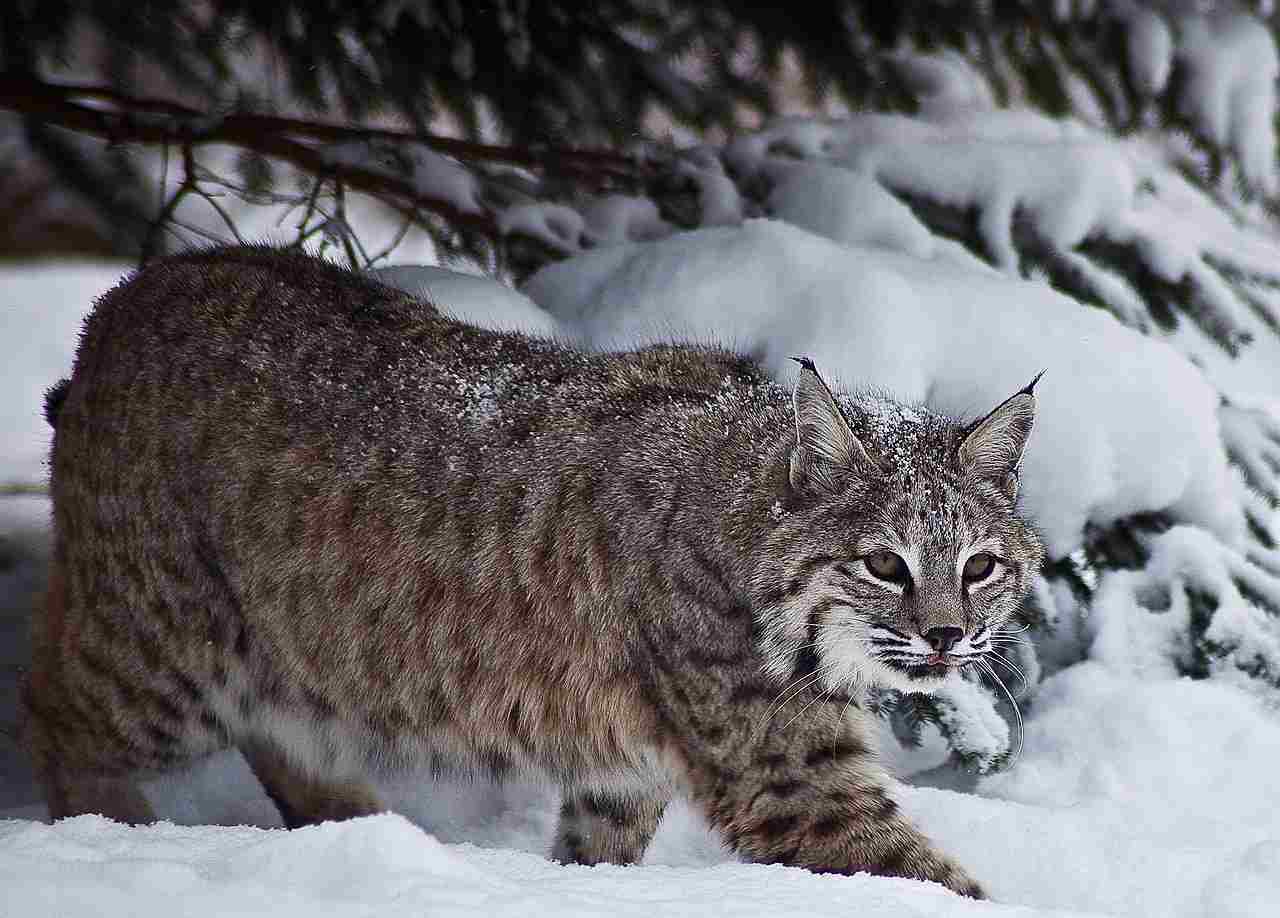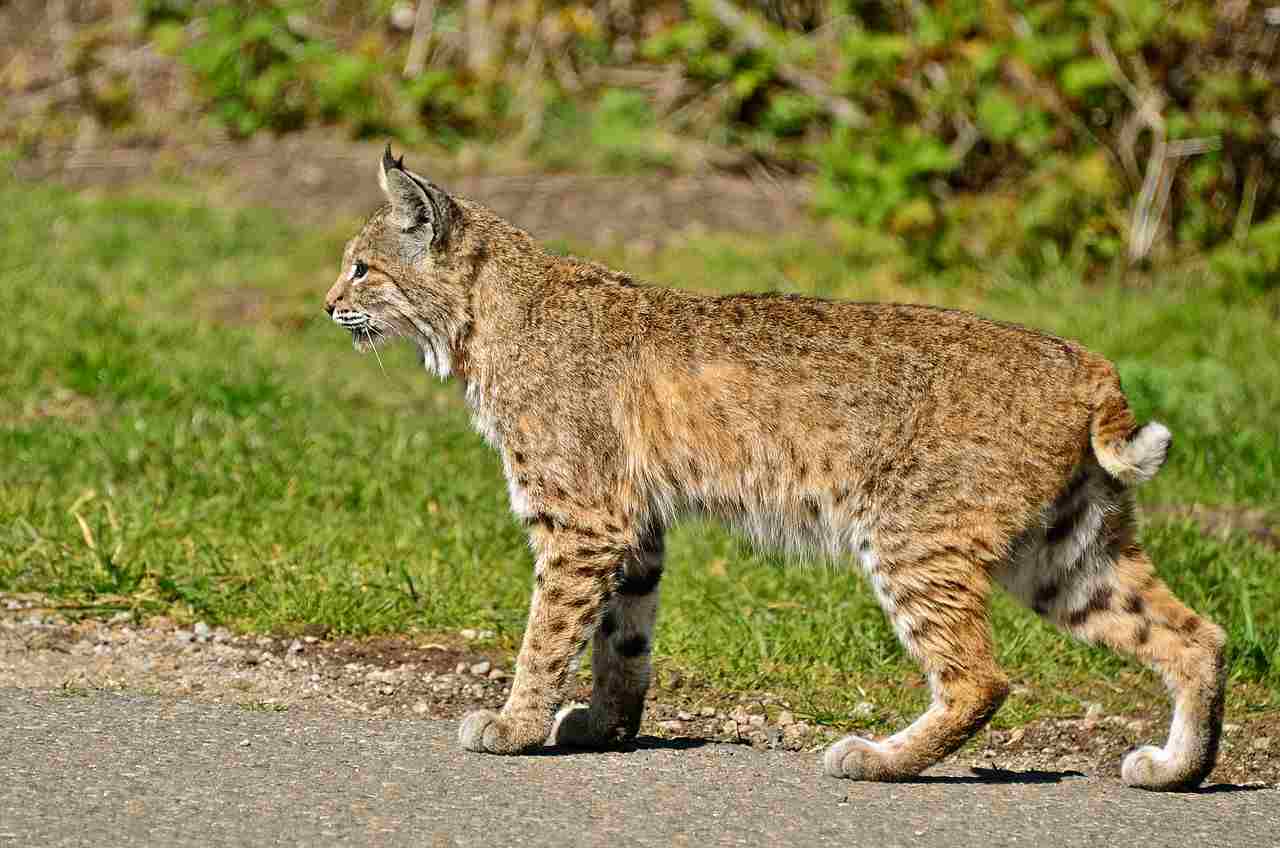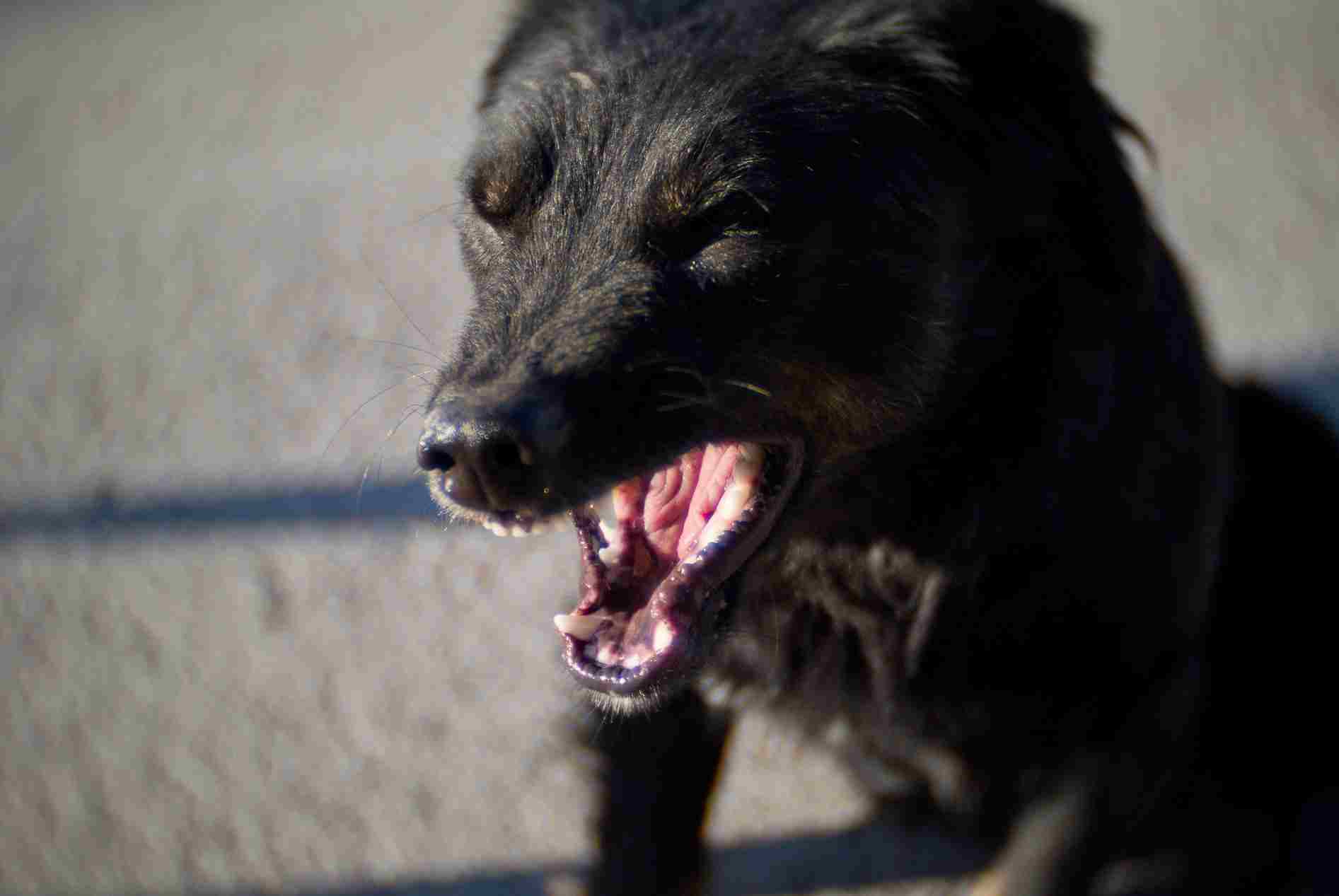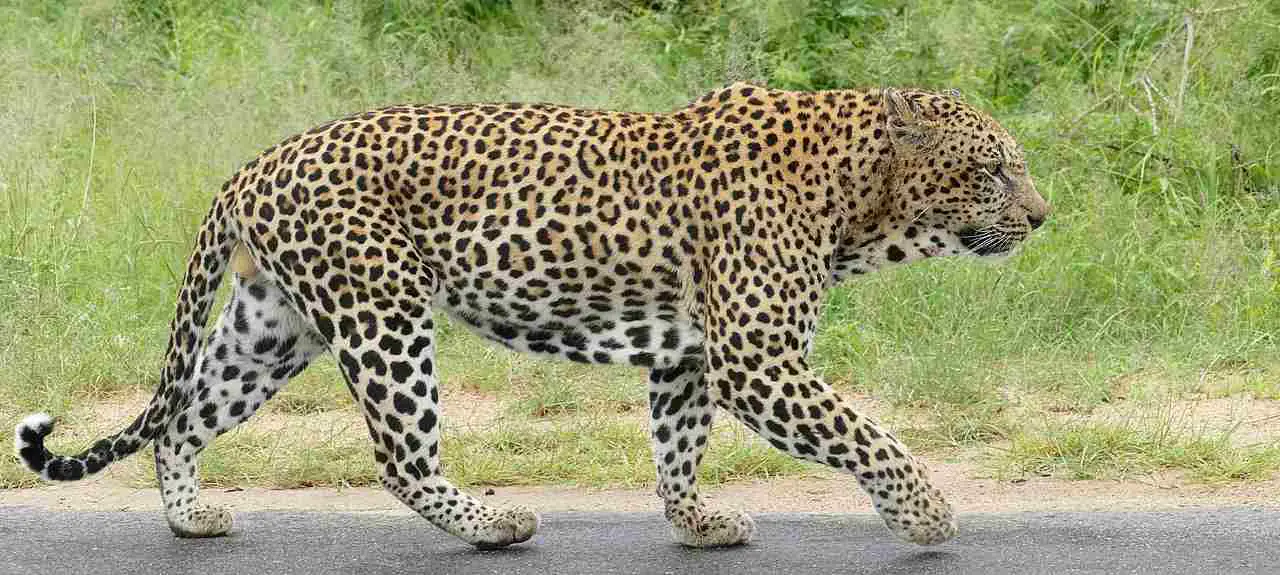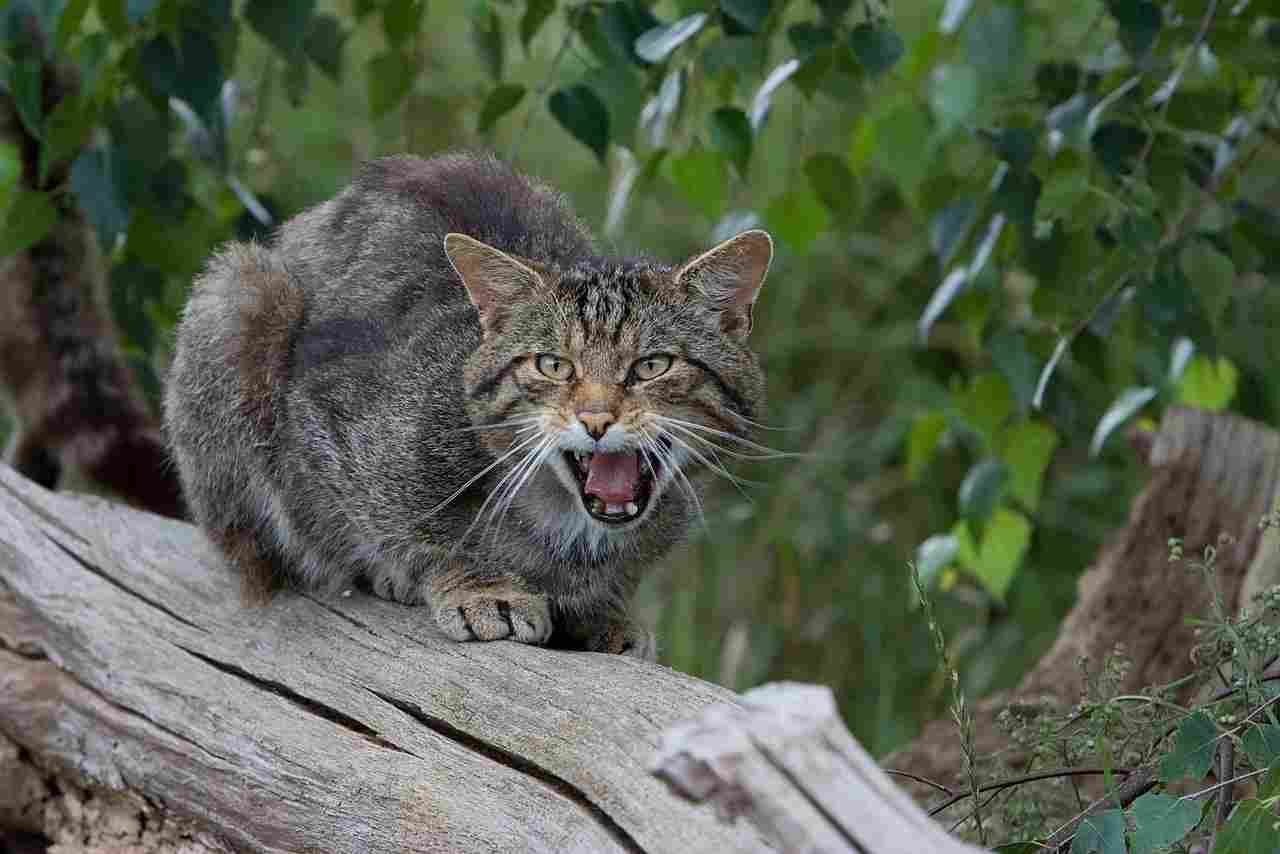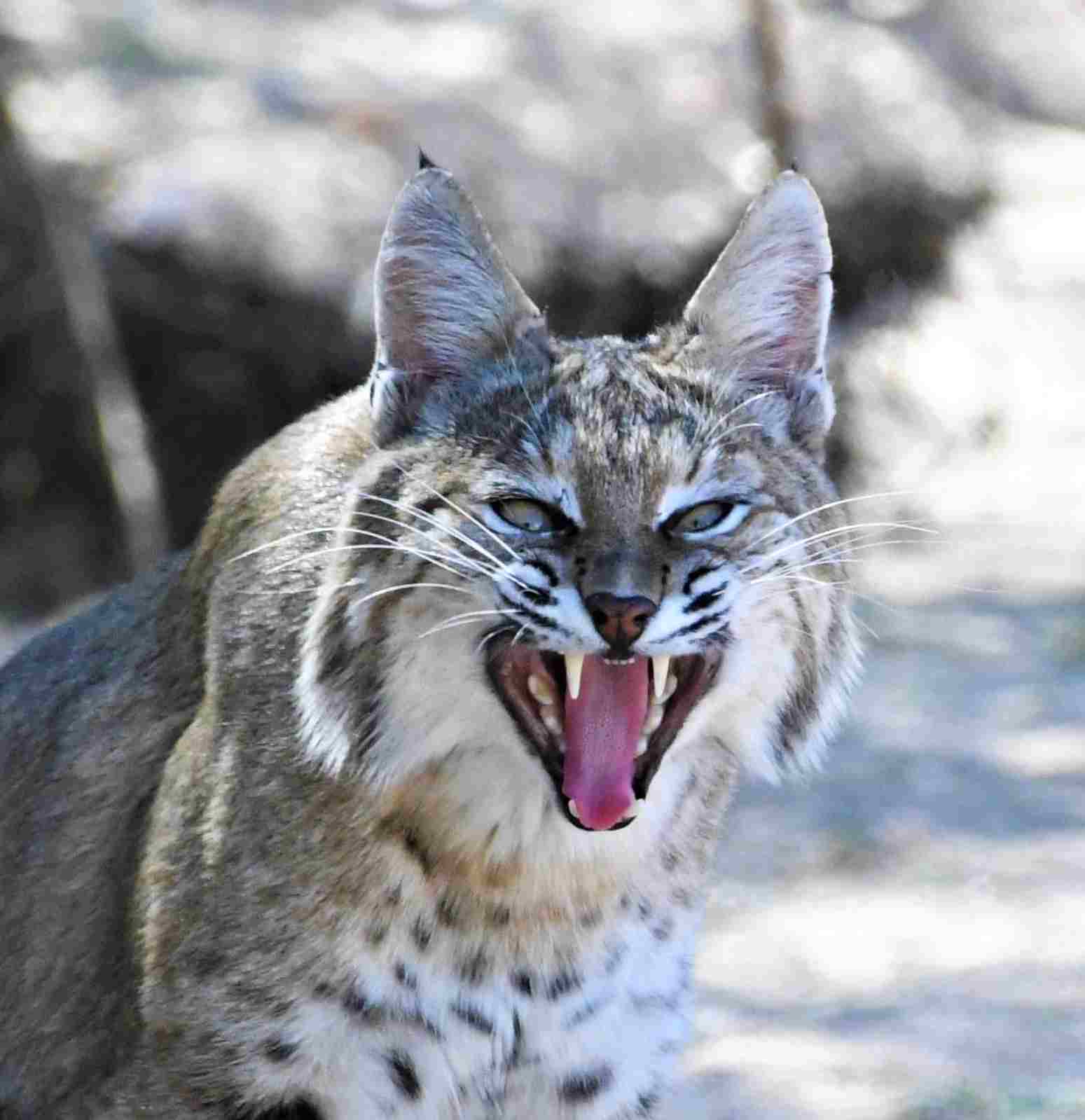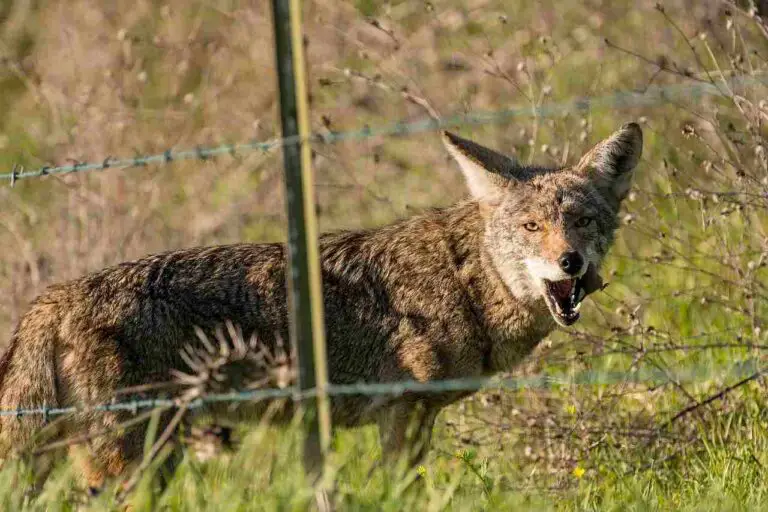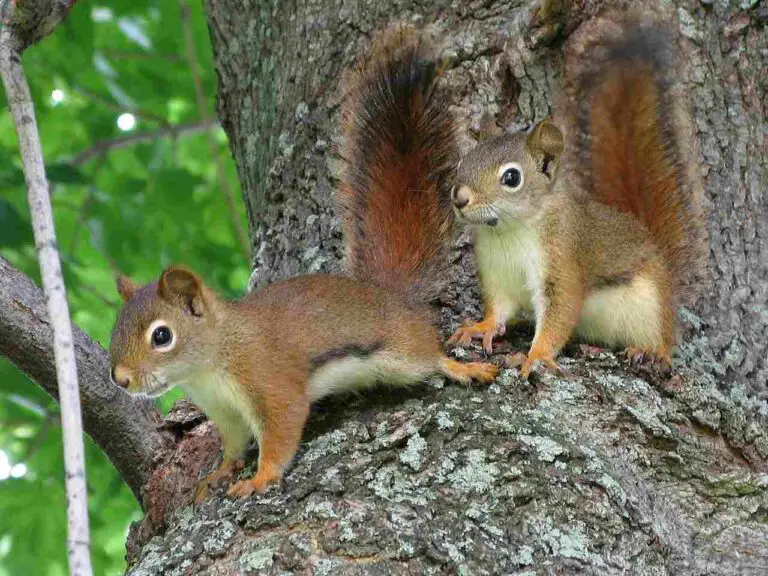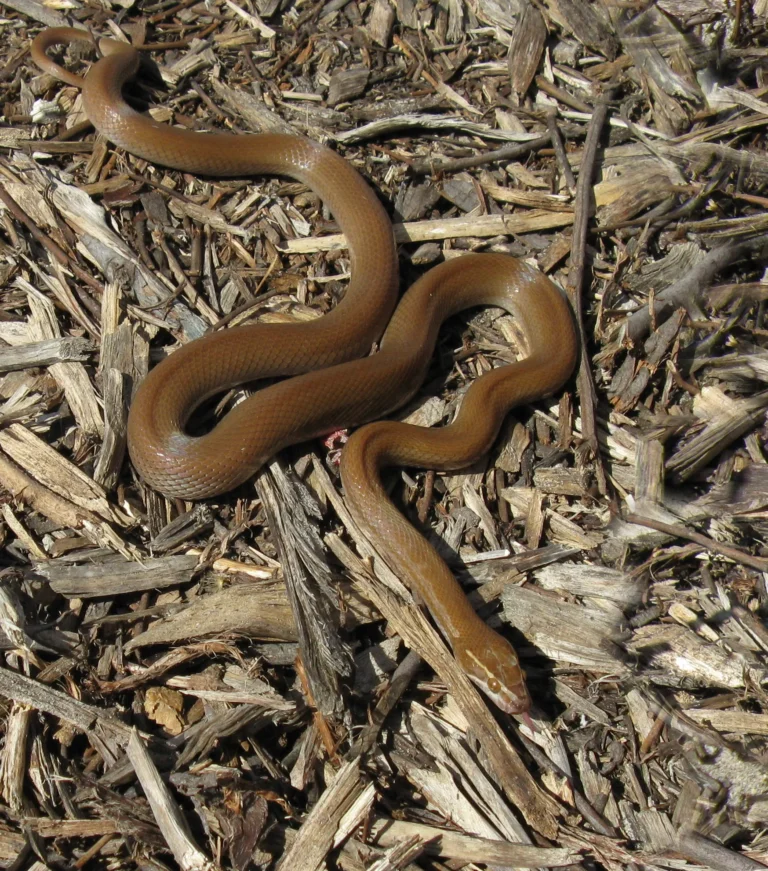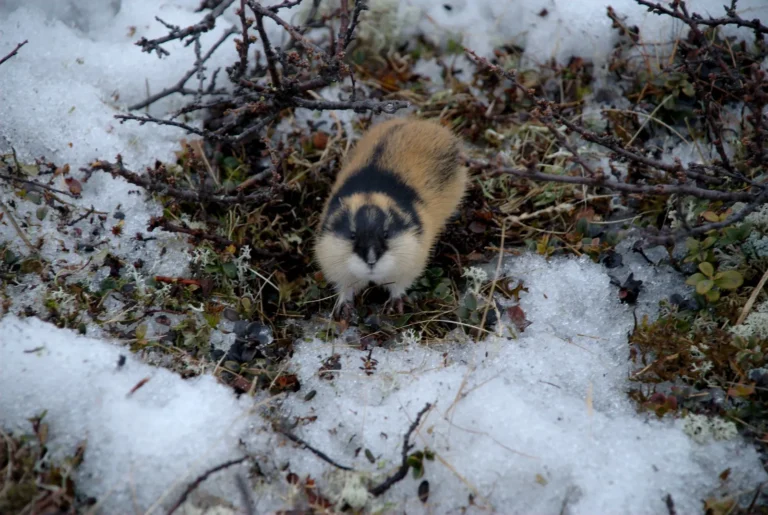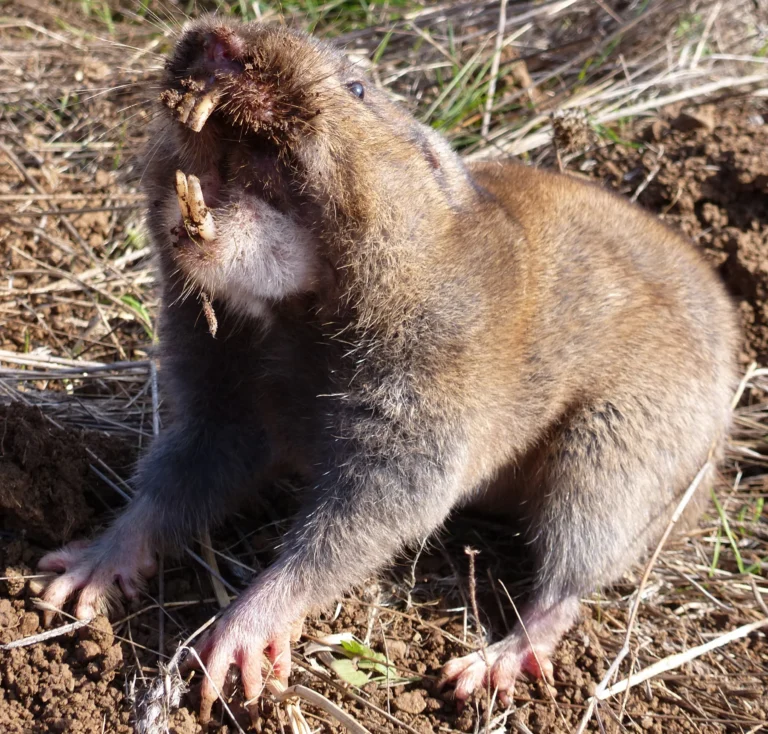Bobcat Vs Cougar Size, Tracks, Overall Comparison
In a theoretical showdown between a bobcat and a cougar, we delve into their respective characteristics to anticipate the possible outcome of a confrontation. This analysis considers their taxonomy, appearance, size, weight, agility, bite force, and strength.
Bobcat vs Cougar: Assessing the Likely Victor in a Confrontation
In a hypothetical confrontation between a bobcat and a cougar, the cougar is poised to secure victory due to its superior size, weight, agility, bite force, and strength.
I). Size and Weight:
– Cougars, being larger and heavier than bobcats, possess a considerable physical advantage. The sheer size and weight of a cougar can overpower a bobcat, limiting the bobcat’s ability to effectively counter the cougar’s attacks.
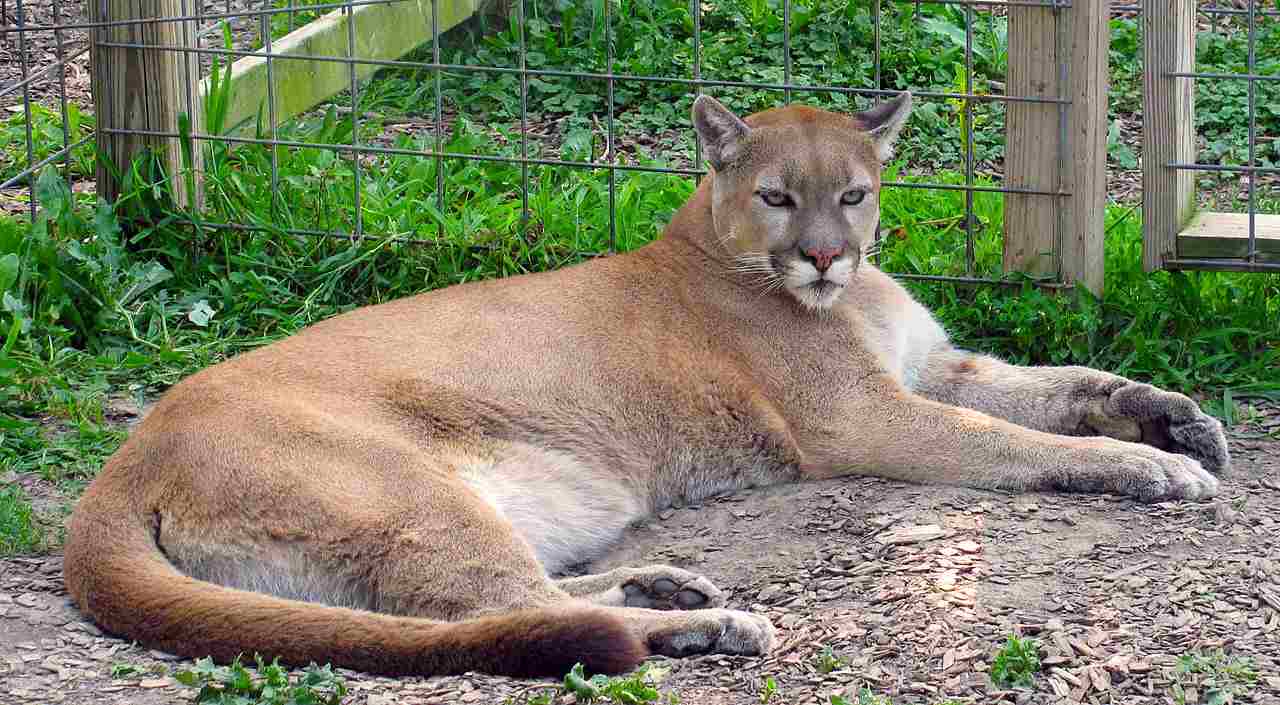
II). Agility:
– While bobcats are agile predators, cougars typically exhibit superior agility owing to their larger frame. This enhanced agility enables cougars to navigate terrain more efficiently and outmaneuver the smaller and more compact bobcats in a confrontation.
III). Bite Force:
– Cougars boast a formidable bite force, a crucial factor in predatory encounters. This powerful bite can be a decisive factor in subduing a bobcat, as the cougar’s jaws are capable of inflicting more damage and exerting greater control in a physical confrontation.
IV). Strength:
– The overall strength of a cougar, stemming from its larger muscle mass, grants it a significant advantage in a fight. The cougar’s strength can be a determining factor in overpowering and subduing a bobcat, reinforcing its position as the likely victor.
V). Overall Verdict:
– In a one-on-one fight, the cougar is anticipated to triumph over the bobcat. The cougar’s superior size, weight, agility, bite force, and strength collectively tip the scales in its favor, establishing it as the more formidable adversary in a potential confrontation. While bobcats are skilled hunters, the physical advantages of cougars likely result in a decisive outcome.
*Details of Comparison
| Criteria | Bobcat | Cougar |
| Taxonomy | Lynx rufus | Puma concolor |
| Appearance | Compact, tufted ears, varied coat |
Larger, rounded head, uniform coat
|
| Size | 28-40 inches (head and body) |
5-9 feet (head and body)
|
| Weight | 15-35 pounds | 80-220 pounds |
| Bite Force | Proportional to size |
Strong, for larger prey
|
| Physical Offensive Advantages | Retractable claws, agility |
Powerful bite, strong hind legs
|
| Physical Defensive Advantages | Agile, climb trees; cougar larger and stronger |
Agile, climb trees; cougar larger and stronger
|
| Speed | Up to 30 mph | 40-50 mph |
| Agility | Highly agile, climbs trees |
Agile for size, navigates varied terrains
|
| Overall Physical Capacity | Agile and stalks well |
Versatile with strength, speed, and agility
|
| Habitat Preference(s) | Various habitats |
Adaptable, forests to deserts
|
| Tracks | Smaller with claw marks |
Larger, no visible claw marks
|
| Lifespan | 7-10 years | 8-13 years |
| Mode of Feeding | Small mammals, birds |
Small mammals to larger ungulates
|
| Social Behavior | Solitary except during mating or raising young |
Solitary except during mating or raising young
|
| Mode of Reproduction | Polygamous mating systems |
Polygamous mating systems
|
| Parental Behavior | Female raises kittens alone |
Female is primary caregiver
|
| Proximity to Human-Inhabited Areas | Tolerant, may be near human developments |
Generally avoids, may venture into suburbs
|
| Behavior Toward Humans | Generally avoids humans |
Generally avoids humans, encounters potentially more serious
|
| Danger Posed to Humans | Rarely poses a threat |
Rare threats, potential danger due to size
|
| Associated Precautions | Avoid direct contact, secure food |
Additional precautions, especially in cougar habitats
|
| Conservation Status | Least concern, stable |
Varies regionally, some populations near threatened
|
| Conclusion – Similarities |
Felidae family, carnivores, similar reproductive and solitary behavior
|
|
| Conclusion – Differences |
Size, habitat preferences, ecological roles, and potential risks to humans; cougars may have broader diet and greater potential danger
|
Key Points:
- Taxonomy: Bobcat (Lynx rufus), Cougar (Puma concolor)
- Size: Bobcat smaller (28-40 inches), Cougar larger (5-9 feet)
- Weight: Bobcat lighter (15-35 pounds), Cougar heavier (80-220 pounds)
- Bite Force: Cougar stronger, adapted for larger prey
- Habitat Preference: Bobcat various habitats, Cougar adaptable
- Speed: Bobcat up to 30 mph, Cougar 40-50 mph
- Agility: Both agile, Bobcat highly, Cougar for size
- Lifespan: Bobcat 7-10 years, Cougar 8-13 years
- Mode of Feeding: Bobcat small mammals, birds; Cougar small mammals to larger ungulates
- Social Behavior: Solitary, except during mating or raising young
- Proximity to Humans: Bobcat more tolerant, Cougar generally avoids
- Behavior Toward Humans: Both generally avoid; Cougar encounters potentially more serious
- Danger Posed to Humans: Bobcat rarely, Cougar potential danger due to size
- Precautions: Both require avoiding direct contact, securing food; additional precautions for Cougars
- Conservation Status: Bobcat least concern, stable; Cougar varies regionally, some populations near threatened
1. Taxonomy:
Bobcat (Lynx rufus):
Kingdom: Animalia
Phylum: Chordata
Class: Mammalia
Order: Carnivora
Family: Felidae
Genus: Lynx
Species: Lynx rufus
Cougar (Puma concolor):
Kingdom: Animalia
Phylum: Chordata
Class: Mammalia
Order: Carnivora
Family: Felidae
Genus: Puma
Species: Puma concolor
2. Appearance:
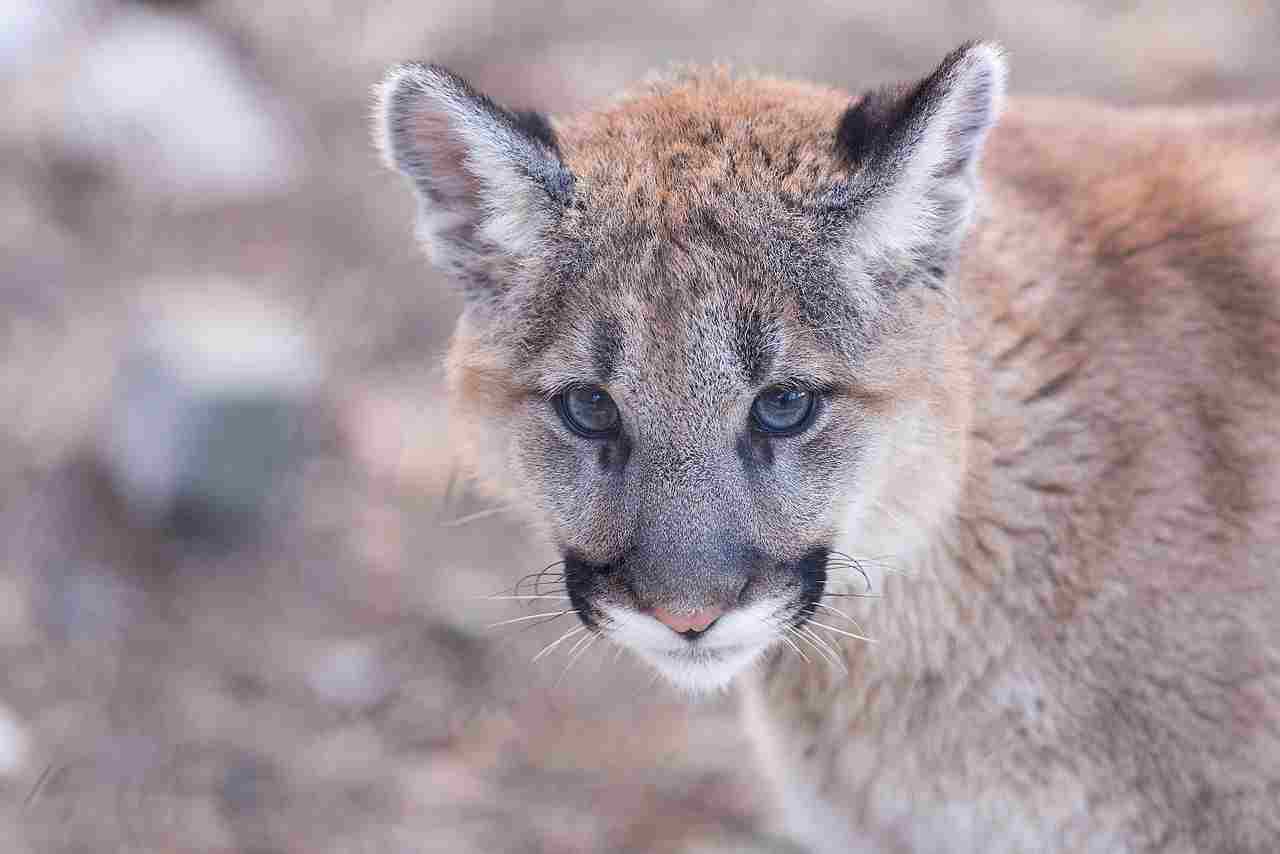
Bobcat:
Compact and robust build
Distinctive tufted ears
Short tail with a white tip
Coat varies in color, usually tan or brown with spots
Cougar:
Larger and more slender than bobcat
Rounded head with small, rounded ears
Long tail, uniformly colored
Coat color ranges from tawny to grayish-brown
Comparison: The bobcat is smaller and has a more varied coat with spots, while the cougar is larger with a uniform coat color.
Ecological Implications:
Bobcats’ smaller size may allow them to navigate through denser vegetation, providing ecological benefits for controlling small mammal populations.
Cougars’ larger size might influence their role as a predator in different ecosystems, potentially affecting larger prey populations.
3. Size:
Bobcat:
Length: 28 to 40 inches (head and body)
Tail length: 4 to 7 inches
Cougar:
Length: 5 to 9 feet (head and body)
Tail length: 2 to 3 feet
Comparison: Cougars are significantly larger than bobcats in terms of both body length and tail length.
Ecological Implications:
Size differences may influence their prey preferences, with bobcats focusing on smaller mammals and birds, while cougars may target larger prey.
4. Weight:
Bobcat:
15 to 35 pounds
Cougar:
80 to 220 pounds
Comparison: Cougars are substantially heavier than bobcats.
Ecological Implications:
Weight differences can impact the types and sizes of prey each species can successfully hunt and consume.
5. Bite Force:
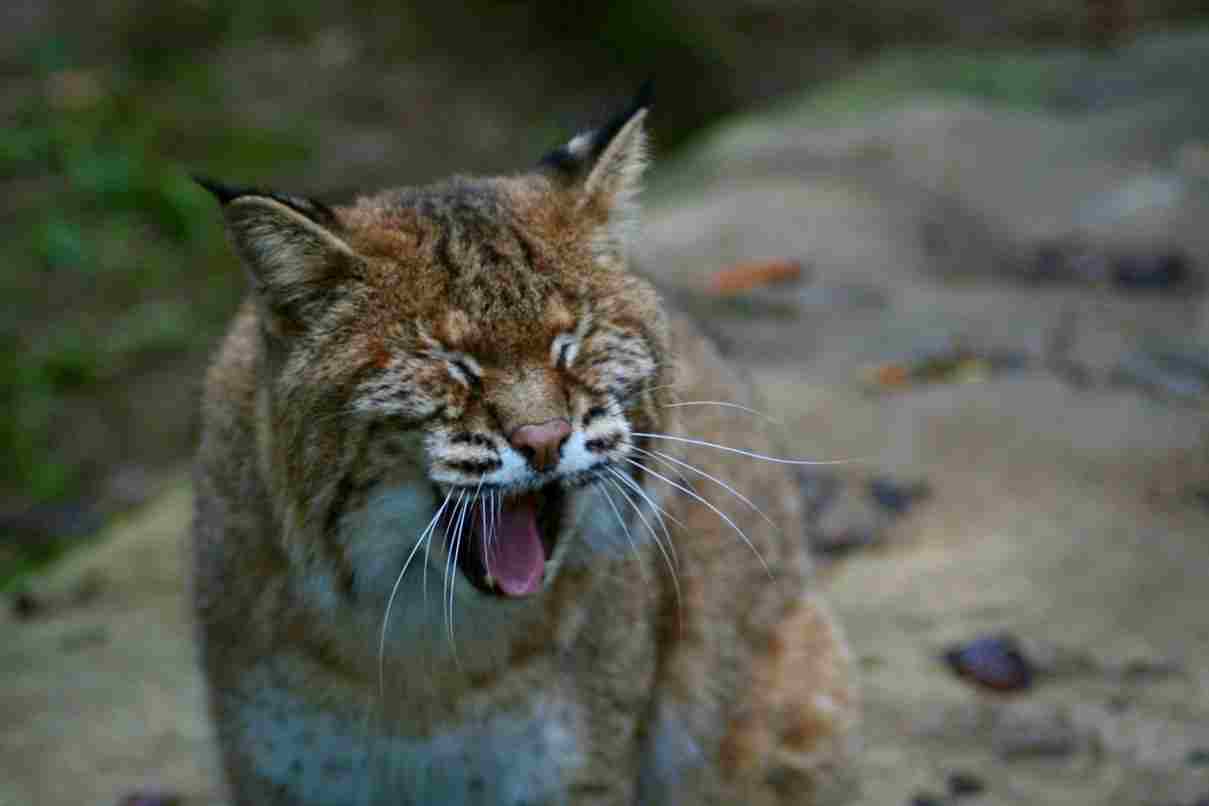
Bobcat: Bite force not extensively studied, but proportional to size
Cougar: Strong bite force, enabling them to subdue large prey
Comparison: Cougars likely possess a more powerful bite force compared to bobcats.
Ecological Implications:
Strong bite force in cougars may contribute to their ability to take down larger prey, impacting ecosystem dynamics.
6. Physical Offensive Advantages:
Bobcat:
Sharp retractable claws
Agility for effective pouncing on prey
Cougar:
Powerful jaw and bite for subduing larger prey
Strong hind legs for pouncing
Comparison: While both have sharp claws and agility, cougars have a more powerful bite, providing an advantage in hunting larger prey.
Ecological Implications:
The physical offensive advantages of each species influence their role in regulating prey populations within their respective ecosystems.
7. Physical Defensive Advantages:
Bobcat:
Agile and able to climb trees for escape
Camouflaged coat for concealment
Cougar:
Strength and size serve as deterrents to potential threats
Can climb trees, although less agile than bobcats
Comparison: Both species utilize agility and climbing abilities for defense, but the cougar’s larger size adds an additional defensive aspect.
Ecological Implications:
These defensive traits contribute to the overall survival strategies of bobcats and cougars in their respective habitats.
8. Speed:
Bobcat: Capable of reaching speeds up to 30 miles per hour
Cougar: Faster than bobcats, with speeds up to 40-50 miles per hour
Comparison: Cougars are faster runners than bobcats.
Ecological Implications:
Speed influences hunting techniques and success rates, with cougars potentially being more effective at chasing down prey.
9. Agility:
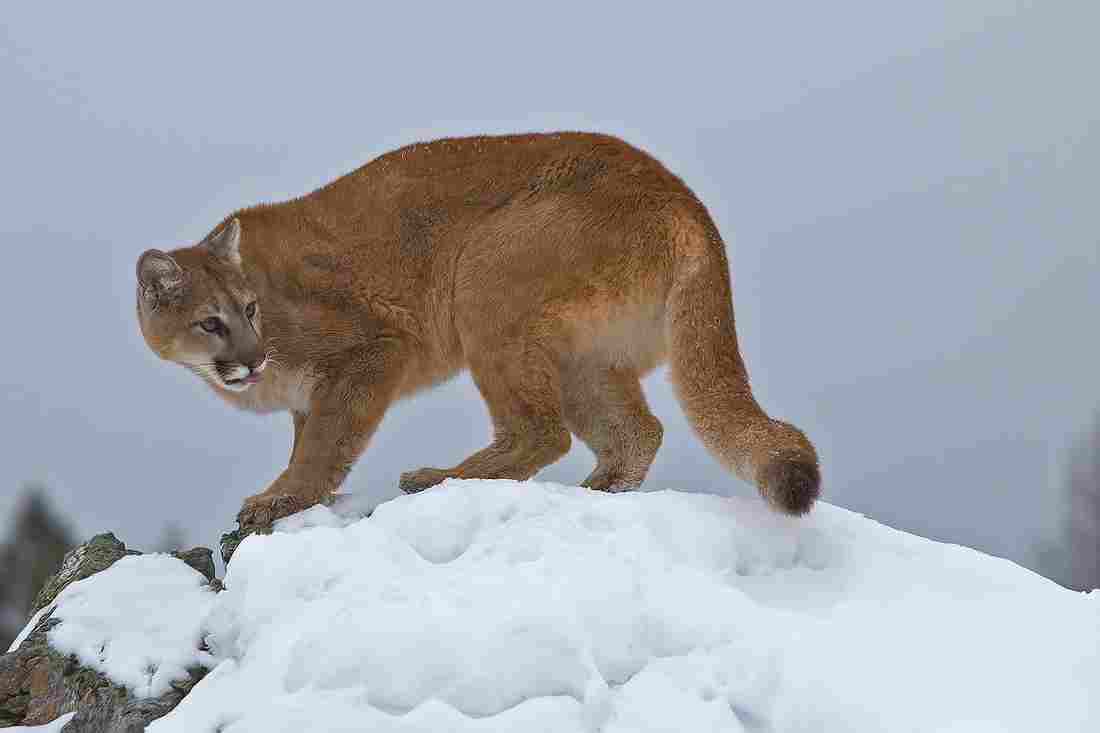
Bobcat: Highly agile, able to make sharp turns and climb trees
Cougar: Agile for its size, with the ability to navigate diverse terrains
Comparison: Both bobcats and cougars exhibit high levels of agility, though bobcats may be more nimble due to their smaller size.
Ecological Implications:
Agility is crucial for navigating varied landscapes, adapting to different prey, and avoiding predators, contributing to the ecological roles of these species.
10. Overall Physical Capacity:
Bobcat: Well-adapted for agility and stalking in diverse environments
Cougar: Possesses a combination of strength, speed, and agility, making it a versatile predator
Comparison: Cougars generally have a more diverse set of physical capacities, combining strength and agility.
Ecological Implications:
The overall physical capacity of each species influences their roles within their ecosystems and their interactions with other species.
11. Habitat Preference(s):
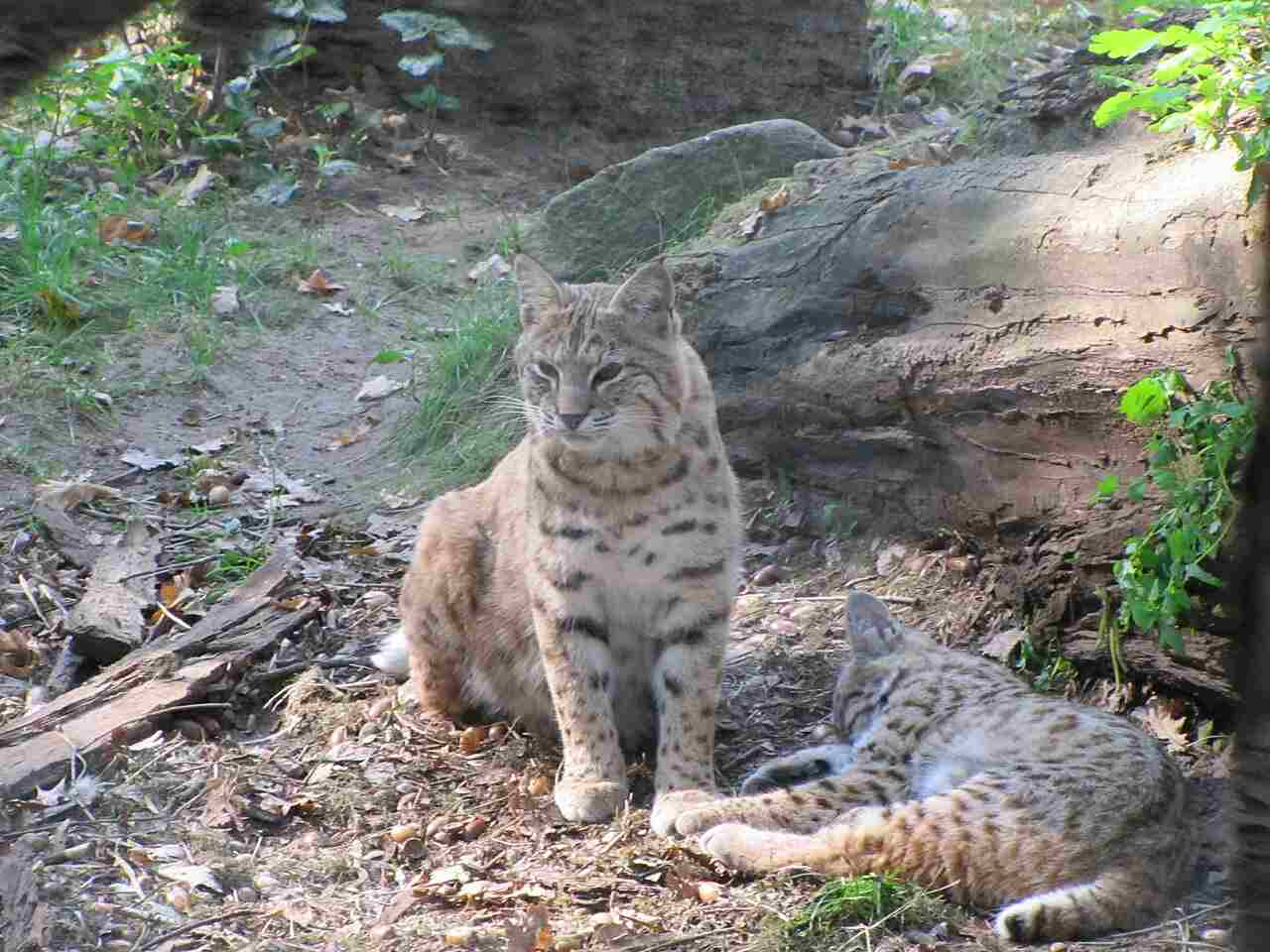
Bobcat: Prefers a variety of habitats, including forests, swamps, and deserts
Cougar: Adaptable to different environments, ranging from forests to deserts
Comparison: Both bobcats and cougars are adaptable, but bobcats may show a slightly broader range of habitat preferences.
Ecological Implications:
Habitat preferences impact the distribution of these species and their interactions with other wildlife in different ecosystems.
12. Tracks:
Bobcat: Smaller tracks with distinctive claw marks
Cougar: Larger tracks resembling those of a large domestic cat, without visible claw marks
Comparison: Track size and claw marks differentiate bobcat and cougar tracks.
Ecological Implications:
Tracking can aid in monitoring populations and understanding the distribution of these species in the wild.
13. Lifespan:
Bobcat: Average lifespan of 7 to 10 years in the wild
Cougar: Can live up to 8 to 13 years in the wild
Comparison: Cougars generally have a slightly longer lifespan than bobcats.
Ecological Implications:
Lifespan influences population dynamics and potential ecological roles, such as the impact on prey populations over an extended period.
14. Mode of Feeding:
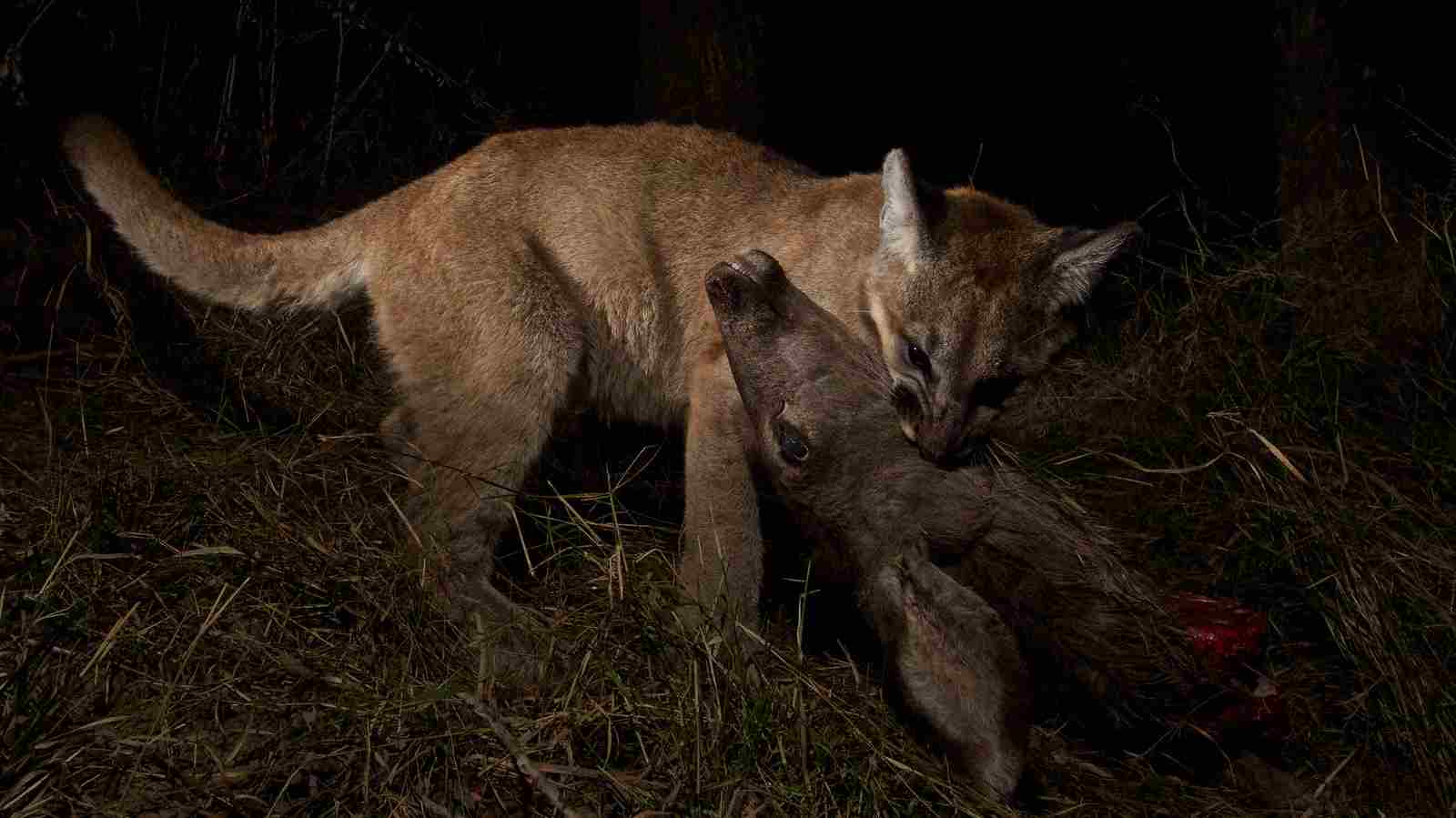
Bobcat: Primarily a carnivore, preying on small mammals, birds, and occasionally deer
Cougar: Carnivorous, with a diet ranging from small mammals to larger ungulates
Comparison: While both are carnivores, cougars have a broader diet that includes larger prey.
Ecological Implications:
Differences in feeding habits contribute to the ecological roles of these species, influencing prey populations and ecosystem dynamics.
15. Social Behavior:
Bobcat: Generally solitary, except during mating season or when raising offspring
Cougar: Solitary, except during mating or when a female is raising cubs
Comparison: Both bobcats and cougars are solitary animals outside of specific reproductive periods.
Ecological Implications:
Solitary behavior may impact competition for resources and the distribution of these species in their respective habitats.
16. Mode of Reproduction:
Bobcat: Polygamous, with males mating with multiple females
Cougar: Polygamous, similar to bobcats, with males seeking multiple mates
Comparison: Both species exhibit polygamous mating systems.
Ecological Implications:
Reproductive strategies influence population dynamics and genetic diversity, contributing to the resilience of these species in different environments.
17. Parental Behavior:
Bobcat: Female raises and cares for the kittens alone
Cougar: Female is the primary caregiver, raising and protecting the cubs
Comparison: While both species have solitary maternal care, the degree of involvement may differ.
Ecological Implications:
Parental behavior impacts the survival and development of offspring, influencing population dynamics and the overall health of the species.
18. Proximity to Human-Inhabited Areas:
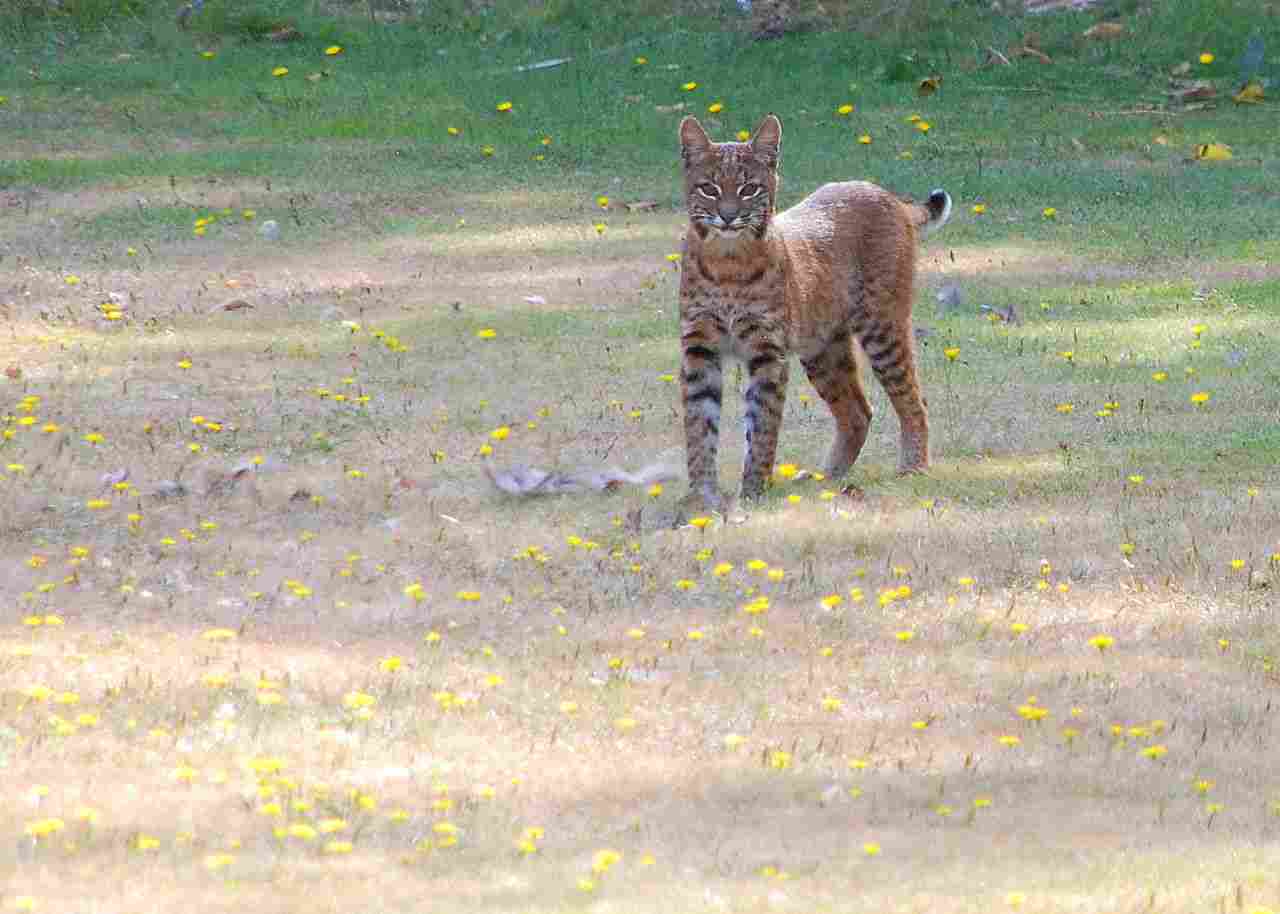
Bobcat: Can adapt to suburban areas and may be found near human developments
Cougar: Generally avoids human-populated areas but may occasionally venture into suburbs or urban fringes
Comparison: Bobcats show a higher tolerance for proximity to human-inhabited areas compared to cougars.
Ecological Implications:
Human-wildlife interactions may vary, impacting conservation efforts and public safety measures.
19. Behavior Toward Humans:
Bobcat: Typically elusive and avoids direct contact with humans
Cougar: Generally avoids humans, but encounters can be more serious due to their larger size
Comparison: Both species tend to avoid humans, but cougar encounters may pose greater potential risks.
Ecological Implications:
Understanding the behavior of these species towards humans is crucial for wildlife management and conservation efforts.
20. Danger Posed to Humans:
Bobcat: Rarely poses a threat to humans; attacks are extremely rare
Cougar: Rarely poses a threat, but encounters may result in attacks, especially if the cougar feels threatened
Comparison: While both species generally avoid humans, cougars have the potential for more dangerous encounters due to their size.
Ecological Implications:
Human safety considerations are essential in areas where these species coexist with human populations.
21. Associated Precautions:
Bobcat: Basic precautions include avoiding direct contact, securing food sources, and ensuring pets are not left unattended
Cougar: Precautions include avoiding hiking alone, making noise in cougar habitats, and securing food properly
Comparison: Precautions for both species involve minimizing interactions and securing food sources, but additional measures may be necessary for cougars due to their potential danger.
Ecological Implications:
Human awareness and responsible behavior can contribute to minimizing conflicts and promoting coexistence with these wild species.
22. Conservation Status:
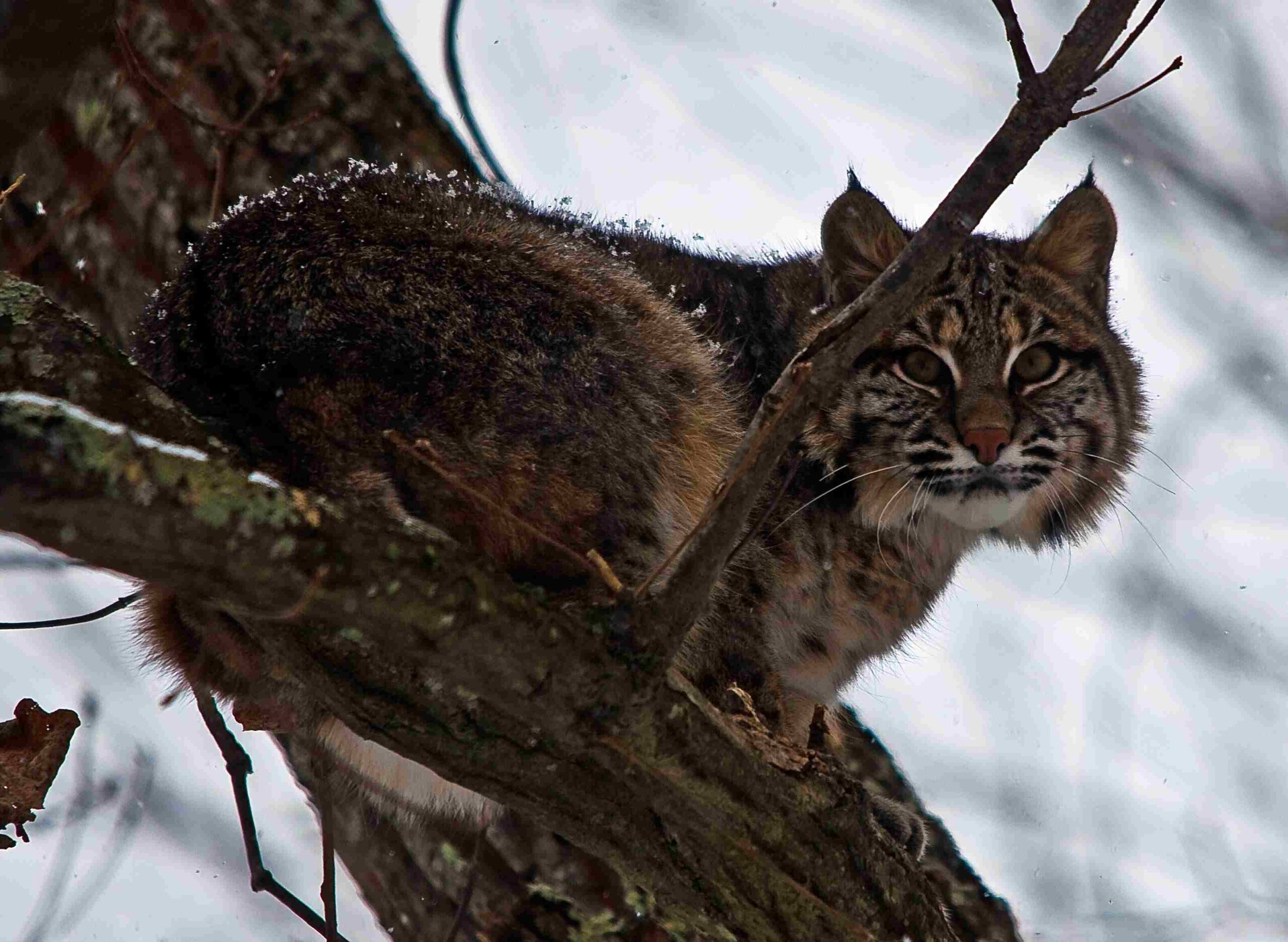
Bobcat: Generally considered a species of least concern; populations are stable
Cougar: Varies regionally, with some populations listed as least concern, while others may be near threatened or of concern
Comparison: Conservation status varies for cougars, depending on regional populations, while bobcats are generally stable.
Ecological Implications:
Conservation efforts may need to focus on specific cougar populations facing threats to ensure the overall health of the species.
Summary of Comparison
Taxonomy:
Bobcat: Lynx rufus
Cougar: Puma concolor
Appearance:
Bobcat: Compact with tufted ears, varied coat
Cougar: Larger, rounded head, uniform coat
Size:
Bobcat: 28-40 inches (head and body)
Cougar: 5-9 feet (head and body)
Weight:
Bobcat: 15-35 pounds
Cougar: 80-220 pounds
Bite Force:
Bobcat: Proportional to size
Cougar: Strong, for larger prey
Physical Offensive Advantages:
Bobcat: Retractable claws, agility
Cougar: Powerful bite, strong hind legs
Physical Defensive Advantages:
Both: Agile, climb trees; cougar larger and stronger
Speed:
Bobcat: Up to 30 mph
Cougar: 40-50 mph
Agility:
Bobcat: Highly agile, climbs trees
Cougar: Agile for size, navigates varied terrains
Overall Physical Capacity:
Bobcat: Agile and stalks well
Cougar: Versatile with strength, speed, and agility
Habitat Preference(s):
Bobcat: Various habitats
Cougar: Adaptable, forests to deserts
Tracks:
Bobcat: Smaller with claw marks
Cougar: Larger, no visible claw marks
Lifespan:
Bobcat: 7-10 years
Cougar: 8-13 years
Mode of Feeding:
Bobcat: Small mammals, birds
Cougar: Small mammals to larger ungulates
Social Behavior:
Both: Solitary except during mating or raising young
Mode of Reproduction:
Both: Polygamous mating systems
Parental Behavior:
Bobcat: Female raises kittens alone
Cougar: Female is primary caregiver
Proximity to Human-Inhabited Areas:
Bobcat: Tolerant, may be near human developments
Cougar: Generally avoids, may venture into suburbs
Behavior Toward Humans:
Both: Generally avoid humans; cougar encounters potentially more serious
Danger Posed to Humans:
Bobcat: Rarely poses a threat
Cougar: Rare threats, potential danger due to size
Associated Precautions:
Bobcat: Avoid direct contact, secure food
Cougar: Additional precautions, especially in cougar habitats
Conservation Status:
Bobcat: Least concern, stable
Cougar: Varies regionally, some populations near threatened
Conclusion:
Similarities:
Felidae family, carnivores, similar reproductive and solitary behavior
Differences:
Size, habitat preferences, ecological roles, and potential risks to humans; cougars may have broader diet and greater potential danger
Conclusion:
I). Similarities:
Both bobcats and cougars belong to the Felidae family and share characteristics such as being carnivores, having similar reproductive strategies, and exhibiting solitary behavior outside of mating and parental periods.
II). Differences:
Differences include size, habitat preferences, ecological roles, and potential risks to humans. Cougars, being larger, have a broader diet and may pose a greater potential danger, while bobcats show a higher tolerance for proximity to human-inhabited areas. Understanding these distinctions is crucial for effective wildlife management and conservation.
